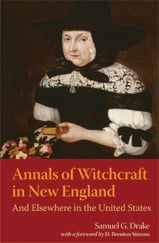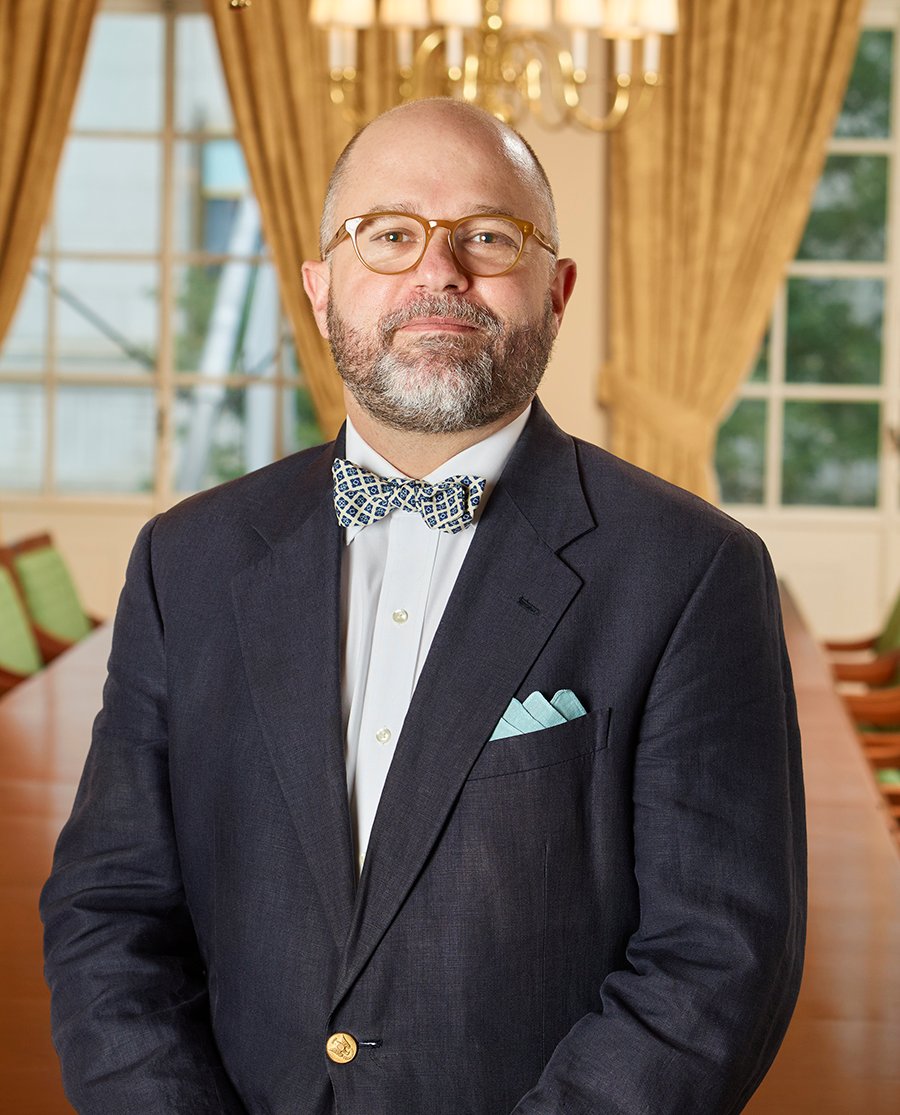 Our early New England ancestors were well acquainted with the threat of witchcraft. Dread of this phenomenon, and particularly of those in its thrall, was reinforced to them in warnings from clergymen about the dangers of falling in league with the devil. These fears were further punctuated by the occasional accusations or cases in various towns throughout the region. Authorities of no less stature than John Winthrop recorded such incidents in their diaries.
Our early New England ancestors were well acquainted with the threat of witchcraft. Dread of this phenomenon, and particularly of those in its thrall, was reinforced to them in warnings from clergymen about the dangers of falling in league with the devil. These fears were further punctuated by the occasional accusations or cases in various towns throughout the region. Authorities of no less stature than John Winthrop recorded such incidents in their diaries.
Sometimes accounts fell in line with popular conceptions of witches: women casting spells, performing tricks, reading minds, or meeting in covens. Other cases involved victims falling violently ill, possessed children gliding through the air or levitating above a bed, individuals failing curious witch “tests,” appearances by frightening imps, and even the fatal discovery of a tell-tale “witch’s teat” on the body of an accused woman.
Accusations were most frequently leveled against individuals, but sometimes against married couples or families or whole communities of families in a full-blown hysteria. In one possibly unique “hereditary” circumstance, three generations of women in a single family – Mary Hale of Boston, her daughter Winifred Benham, and a granddaughter of the same name – were all, over a number of years, accused of being witches in separate cases in two different colonies. In Boston, those accused of witchcraft were typically widows or single women who practiced some form of medicine and who had been caught up in disputes with neighbors or were more broadly troublesome to the community. Other casualties included those marginalized by society or otherwise damaged by the taint of an accusation and families ripped apart in the wake of an execution. In these and other cases, men and women of New England were tried and sometimes convicted and brutally executed. Some of the accused were acquitted or escaped trial altogether.
By 1869, antiquarian Samuel G. Drake, one of the founders of the New England Historic Genealogical Society, had collected records of cases and statutes regarding witchcraft, principally in New England, but including items of interest from as far away as Virginia and South Carolina, for the period 1636 to 1728; he gathered them for publication as Annals of Witchcraft in New England. Drake believed that books on witchcraft, sorcery, and magic had been brought to America by the earliest European settlers, who, influenced by the ideas in these texts, added to them with imagination. Concluding that witchcraft “itself was imported by those who first practiced it here, and was perpetuated by the Importers and their immediate Descendants,” he wanted to present the first anthology of original witchcraft records for publication. Today, Drake’s work is a resource worthy of renewed interest, one giving us a closer view into witchcraft in New England through the presentation of original materials, useful commentary, and the inclusion of several intriguing and lesser-known cases.
Adapted from the foreword to the new NEHGS edition of Samuel G. Drake’s Annals of Witchcraft in New England.
Note: Marilynne K. Roach will lecture at 6 p.m. at 99-101 Newbury Street in Boston on Wednesday, 12 March, on the subject of her new book, Six Women of Salem: The Untold Story of the Accused and Their Accusers in the Salem Witch Trials. For more information, please visit this page: http://www.americanancestors.org/Event.aspx?id=29938.
Share this:

About D. Brenton Simons
Currently piloting a groundbreaking $55 million “Connecting Families, Advancing History” capital campaign for NEHGS, Brenton Simons has led the Society to major growth in its national services and scope and to its pivotal role in the popular expansion of the genealogical field in America. A staff member since 1993 and President and CEO since 2005, he has developed several of the organization’s most popular services, including its website, member magazine, and special publications imprint. In addition, he is the author of several books, including “Boston Beheld: Antique Town and Country Views” and “Witches, Rakes, and Rogues: True Stories of Scam, Scandal, Murder and Mayhem, 1620-1775,” winner of the 2006 Award of Merit from the Association for State and Local History. Most recently he produced with Atlantic Media a short film on NEHGS, “A Farseeing Vision,” recipient of the 2011 Silver Telly Award. His genealogical articles have appeared in The New England Historical and Genealogical Register, The American Genealogist, The Pennsylvania Genealogical Magazine and elsewhere. A graduate of Boston University, he is a member of the Colonial Society of Massachusetts, the American Antiquarian Society, the Club of Odd Volumes, the Society of the Cincinnati, and is a fellow of the Massachusetts Historical Society.View all posts by D. Brenton Simons →